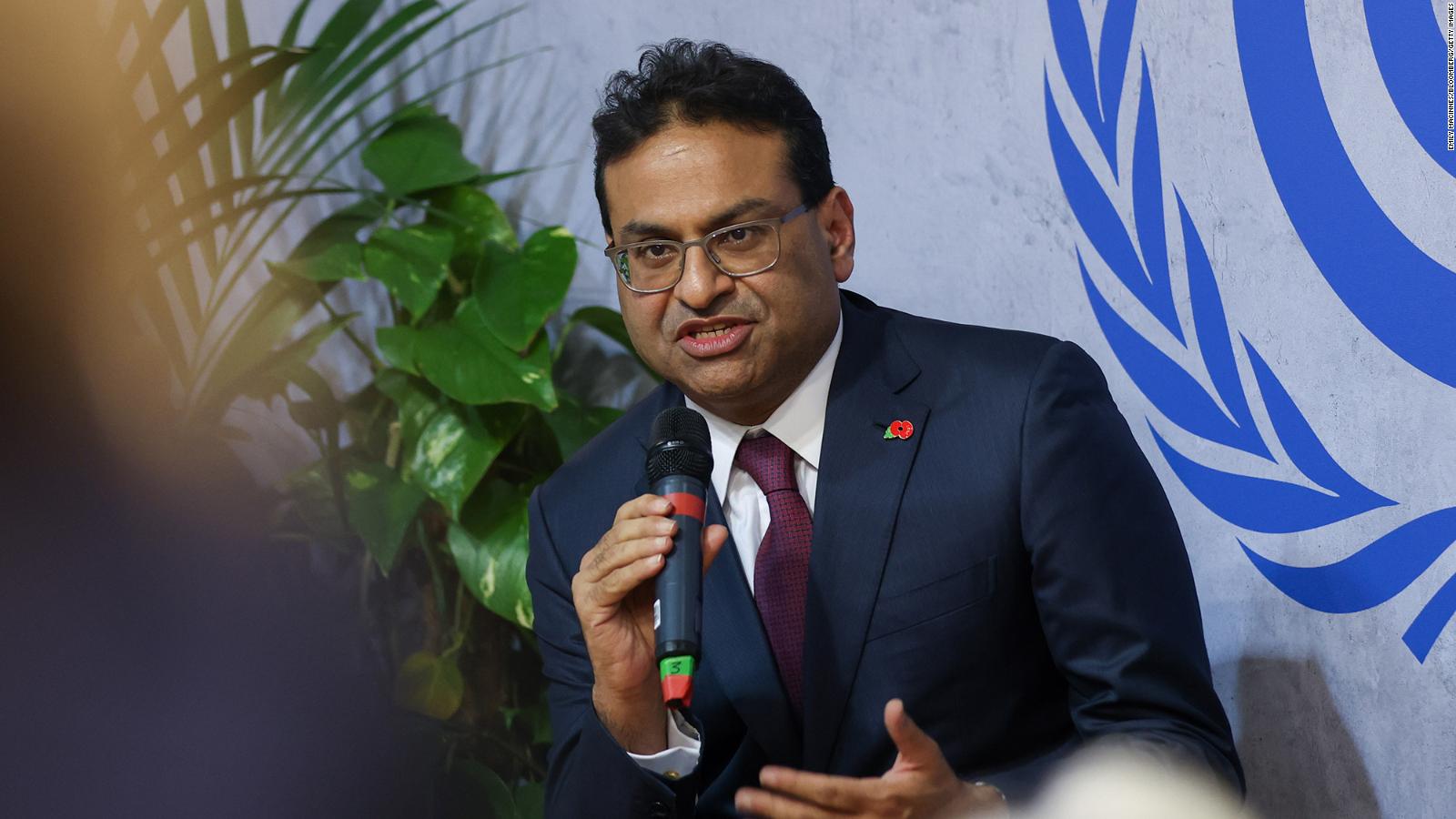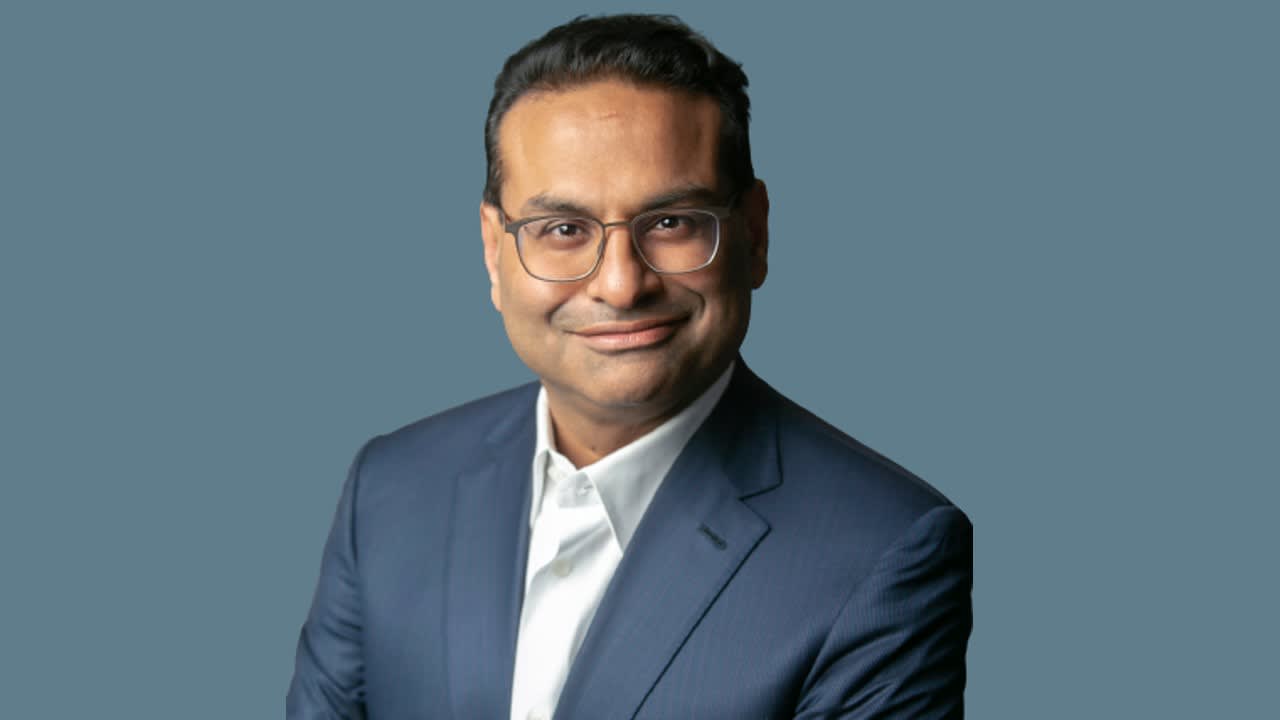Laxman Narasimhan’s Career Journey

Laxman Narasimhan’s career trajectory is a testament to his strategic acumen, leadership prowess, and unwavering commitment to driving growth and innovation. From his early days at PepsiCo to his current role as CEO of Starbucks, Narasimhan has consistently demonstrated his ability to navigate complex business environments and deliver exceptional results. His journey is marked by a series of pivotal roles and accomplishments that have shaped his leadership style and impacted the companies he has led.
Early Career at PepsiCo
Narasimhan’s career began at PepsiCo, a global food and beverage giant, where he spent over 12 years honing his business skills and gaining valuable experience in diverse markets. He started as a marketing manager in 1999, quickly demonstrating his talent for strategic thinking and execution. His rise through the ranks was marked by his ability to develop innovative marketing campaigns and drive sales growth across various product categories.
Narasimhan’s key contributions at PepsiCo included:
- Leading the development and launch of successful marketing campaigns for brands like Tropicana and Quaker Oats.
- Spearheading the expansion of PepsiCo’s operations into emerging markets, particularly in Asia.
- Playing a pivotal role in the company’s digital transformation initiatives, embracing e-commerce and digital marketing strategies.
Narasimhan’s dedication to driving innovation and his deep understanding of consumer behavior were evident during his time at PepsiCo. He consistently sought to create value for the company by adapting to changing market dynamics and identifying new opportunities for growth.
Transition to Starbucks
In 2012, Narasimhan took on a new challenge by joining Starbucks, a global coffeehouse giant known for its iconic brand and loyal customer base. He joined as Chief Global Growth Officer, tasked with leading the company’s expansion into new markets and driving growth in existing ones. This marked a significant shift in his career, moving from a multinational conglomerate to a company with a distinct brand identity and a focus on customer experience.
Narasimhan’s contributions to Starbucks were significant:
- He played a crucial role in developing Starbucks’ global growth strategy, expanding its presence in key markets like China and India.
- He spearheaded the company’s digital transformation, introducing new technologies and platforms to enhance the customer experience.
- He led the development of new product offerings and innovations, catering to evolving consumer preferences.
Narasimhan’s leadership style at Starbucks was characterized by a focus on data-driven decision-making, a commitment to innovation, and a deep understanding of the customer experience. His ability to balance growth with brand integrity was crucial in maintaining Starbucks’ position as a global leader in the coffee industry.
Challenges Faced
Narasimhan’s career has not been without its challenges. At PepsiCo, he faced the competitive landscape of the food and beverage industry, where consumer preferences were constantly shifting. He had to adapt his strategies to stay ahead of the curve and maintain the company’s market share.
At Starbucks, he faced the challenge of maintaining the brand’s identity and customer loyalty while navigating the complexities of global expansion. He had to ensure that Starbucks’ core values and principles were upheld in new markets while also adapting to local tastes and preferences.
Leadership Style and Approach
Narasimhan’s leadership style is characterized by a combination of strategic thinking, data-driven decision-making, and a focus on building strong relationships with employees and stakeholders. He is known for his ability to inspire and motivate teams to achieve ambitious goals. He believes in empowering employees and fostering a culture of innovation and collaboration.
Narasimhan’s approach to leadership can be summarized as:
- Strategic Vision: He possesses a clear vision for the future and the ability to articulate it to his team, inspiring them to work towards a common goal.
- Data-Driven Decision-Making: He relies on data and insights to inform his decisions, ensuring that they are grounded in reality and have a clear path to success.
- Focus on Innovation: He encourages creativity and innovation, recognizing that companies must constantly adapt and evolve to stay ahead of the curve.
- Employee Empowerment: He believes in empowering employees and giving them the freedom to make decisions and take ownership of their work.
- Building Relationships: He values strong relationships with employees, stakeholders, and customers, recognizing that collaboration and trust are essential for success.
Narasimhan’s leadership style has been instrumental in driving growth and success at both PepsiCo and Starbucks. His ability to adapt his approach to different contexts and his commitment to building a strong team culture have been key to his achievements.
Narasimhan’s Leadership at Starbucks

Laxman Narasimhan’s leadership at Starbucks has been marked by a clear vision and strategic goals aimed at propelling the company into a new era of growth and customer engagement. His focus on innovation, customer experience, and operational efficiency has been instrumental in navigating the evolving coffee industry and ensuring Starbucks remains a dominant player in the global market.
Narasimhan’s Vision and Strategic Goals
Narasimhan’s vision for Starbucks is centered around building a “customer-obsessed” company, prioritizing customer satisfaction and experience above all else. His strategic goals are focused on three key pillars:
- Innovation and Growth: Narasimhan is committed to driving innovation across all aspects of the Starbucks experience, from new beverage offerings and food items to enhanced digital services and personalized customer interactions. This includes exploring new markets and expanding the Starbucks brand globally.
- Operational Excellence: Narasimhan emphasizes operational efficiency and cost optimization, aiming to streamline processes and improve profitability. This includes initiatives to enhance supply chain management, optimize store operations, and improve employee training and development.
- Sustainability and Social Impact: Narasimhan is deeply committed to sustainability and social responsibility. He is focused on reducing Starbucks’ environmental footprint, promoting ethical sourcing practices, and supporting local communities. This includes initiatives like reducing waste, investing in renewable energy, and supporting farmers through programs like the Starbucks Coffee and Farmer Equity (CAFE) Practices.
Key Initiatives
Since assuming the CEO role, Narasimhan has implemented a number of key initiatives to realize his vision for Starbucks. These include:
- Digital Transformation: Narasimhan has accelerated Starbucks’ digital transformation, focusing on enhancing the mobile ordering and payment experience, introducing personalized recommendations, and expanding loyalty program offerings. This includes the introduction of new features on the Starbucks app, such as mobile order and pay, personalized recommendations, and digital rewards.
- New Product Development: Narasimhan has placed a strong emphasis on developing new and innovative products and beverages. This includes the introduction of plant-based alternatives, cold brew variations, and customized drinks tailored to individual preferences. Starbucks has also been experimenting with new food offerings and collaborations with other brands.
- Store Experience Enhancement: Narasimhan has prioritized improving the in-store customer experience, focusing on creating a more welcoming and personalized atmosphere. This includes initiatives like redesigning store layouts, introducing new technology to enhance service, and offering a wider selection of food and beverage options.
- Employee Empowerment: Narasimhan is committed to empowering Starbucks employees and creating a more inclusive and equitable workplace. This includes initiatives like increasing wages, providing more opportunities for career advancement, and promoting diversity and inclusion within the company.
Challenges in the Coffee Industry
Narasimhan faces a number of challenges in navigating the evolving coffee industry and consumer preferences. These include:
- Increased Competition: The coffee industry is becoming increasingly competitive, with new entrants and established players vying for market share. This includes independent coffee shops, specialty roasters, and large chains like Dunkin’ Donuts and McDonald’s.
- Changing Consumer Preferences: Consumers are increasingly demanding more sustainable, ethically sourced, and personalized coffee experiences. They are also seeking healthier and more innovative beverage options. This includes a growing preference for plant-based alternatives, cold brew coffee, and specialty coffee drinks.
- Economic Uncertainty: The global economy is facing a period of uncertainty, with rising inflation and supply chain disruptions. This can impact consumer spending and affect Starbucks’ profitability.
- Sustainability Concerns: Consumers are becoming more aware of the environmental and social impacts of their purchasing decisions. Starbucks faces pressure to address sustainability concerns, such as ethical sourcing practices, waste reduction, and environmental conservation.
Adapting to Meet Challenges
Narasimhan is taking a number of steps to adapt Starbucks to meet these challenges. These include:
- Investing in Innovation: Narasimhan is investing heavily in research and development to create new and innovative products and services. This includes exploring new coffee varieties, developing plant-based alternatives, and experimenting with new brewing methods.
- Enhancing Customer Experience: Narasimhan is focused on enhancing the customer experience across all channels, including digital, mobile, and in-store. This includes personalized recommendations, mobile ordering and payment, and loyalty program enhancements.
- Strengthening Sustainability Efforts: Narasimhan is committed to strengthening Starbucks’ sustainability efforts, focusing on ethical sourcing practices, waste reduction, and environmental conservation. This includes initiatives like investing in renewable energy, reducing waste, and supporting farmers through programs like the Starbucks Coffee and Farmer Equity (CAFE) Practices.
- Building a Strong Brand: Narasimhan is focused on building a strong brand that resonates with consumers. This includes leveraging Starbucks’ heritage, promoting its values, and creating meaningful connections with customers.
Narasimhan’s Impact on the Coffee Industry: Ceo Laxman Narasimhan

Laxman Narasimhan’s leadership at Starbucks has ushered in a new era for the coffee industry, marked by a focus on sustainability, ethical sourcing, and social responsibility. His vision goes beyond simply serving a cup of coffee; it aims to create a more equitable and sustainable coffee ecosystem for everyone involved.
Sustainability and Ethical Sourcing
Narasimhan’s approach to sustainability emphasizes a holistic view, encompassing environmental, social, and economic aspects. Starbucks, under his leadership, has set ambitious goals to reduce its environmental footprint, promote ethical sourcing practices, and empower coffee farmers.
- Starbucks has committed to sourcing 100% ethically sourced coffee by 2025, working with farmers to improve their livelihoods and protect the environment.
- The company has invested in initiatives to reduce its carbon emissions, conserve water, and promote sustainable farming practices.
- Starbucks has also partnered with organizations like Conservation International to support sustainable coffee production in key growing regions.
Social Responsibility
Narasimhan recognizes the importance of social responsibility in building a strong and sustainable coffee industry. Starbucks has taken several steps to address issues of equity and inclusion within its workforce and supply chain.
- Starbucks has implemented programs to support coffee farmers, including training and access to financial resources.
- The company has also focused on promoting diversity and inclusion within its own workforce, aiming to create a more equitable and representative environment.
- Starbucks has partnered with non-profit organizations to address issues of poverty and inequality in coffee-growing communities.
Comparison with Other Coffee Companies
Starbucks’ commitment to sustainability and social responsibility sets it apart from many other major coffee companies. While some competitors have also adopted sustainable practices, Starbucks’ comprehensive approach and ambitious goals have positioned it as a leader in the industry.
- For instance, Nestlé, the world’s largest coffee company, has pledged to source 100% sustainable coffee by 2020. However, its focus on sustainability is primarily driven by environmental concerns, with less emphasis on social responsibility.
- JDE Peet’s, another major coffee company, has made progress in sustainable sourcing but has faced criticism for its labor practices in some coffee-growing regions.
Starbucks Performance Under Narasimhan, Ceo laxman narasimhan
| Year | Revenue (in billions USD) | Operating Income (in billions USD) | Total Stores |
|---|---|---|---|
| 2019 | 26.5 | 5.1 | 32,000 |
| 2020 | 23.5 | 3.7 | 32,000 |
| 2021 | 29.2 | 5.8 | 33,000 |
| 2022 | 31.3 | 6.4 | 34,000 |
CEO Laxman Narasimhan faces a daunting task in reviving Starbucks, a company known for its strong brand identity. It’s a challenge that resonates with the story of Brian Nichols , whose unexpected rise and fall highlights the precarious nature of leadership.
Narasimhan must navigate similar complexities, ensuring his decisions resonate with both employees and customers, ultimately shaping the future of Starbucks.
CEO Laxman Narasimhan is leading Starbucks through a period of significant change. His focus on innovation and customer experience is evident in the company’s recent initiatives. To learn more about his vision for Starbucks’ future, explore the insights provided in this article about laxman narasimhan.
CEO Narasimhan’s leadership is shaping the Starbucks experience for both employees and customers.
